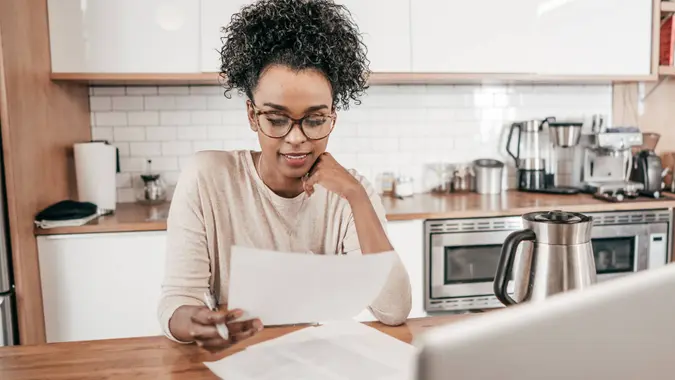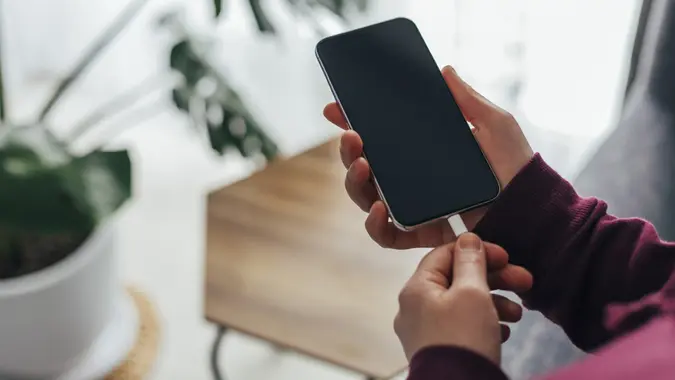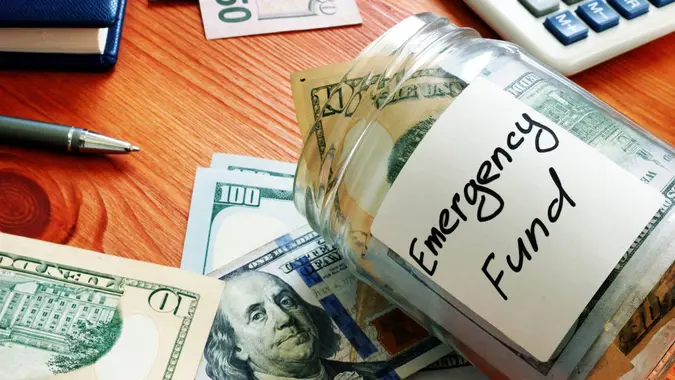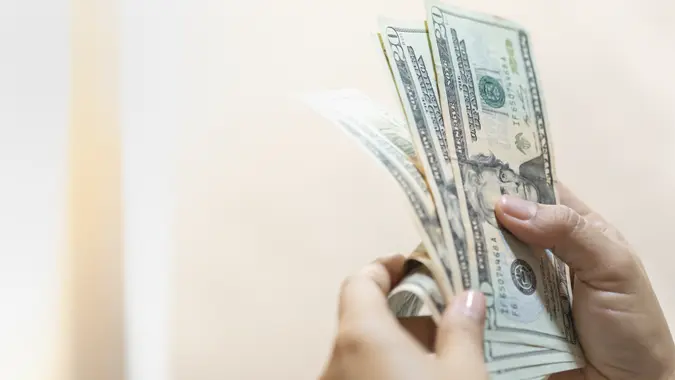47% of Americans Don’t Have an Emergency Fund When They Buy a House — How To Avoid This Mistake

Commitment to Our Readers
GOBankingRates' editorial team is committed to bringing you unbiased reviews and information. We use data-driven methodologies to evaluate financial products and services - our reviews and ratings are not influenced by advertisers. You can read more about our editorial guidelines and our products and services review methodology.

20 Years
Helping You Live Richer

Reviewed
by Experts

Trusted by
Millions of Readers
Taking the leap into homeownership is an exciting step that can also be scary and uncomfortable, especially if you’re not financially prepared. In a recent study from SelfStorage.com, the data shows that 47% of Americans don’t have an emergency fund to cover homeownership costs when they buy a home.
GOBankingRates explains why you should avoid this costly mistake when buying a home.
Why It’s a Costly Mistake
Purchasing a home requires more money than just the sales price of the home. As homebuyers look at their budget, the monthly mortgage payment is typically the number they’re most concerned about, but there are a number of other costs associated with buying and maintaining a home that can fall to the back burner during the excitement of the home purchase.
An emergency fund can help homeowners cover unexpected expenses, like unexpected repairs, but it can also be a safety net for known expenses like utilities, HOA fees and property taxes if homeowners face unexpected financial stress like losing a job or having a less lucrative month.
The SeflStorage.com study also revealed homeowners’ fears when it comes to potential financial mistakes. The top financial mistake that first-time homebuyers worry about is not budgeting enough for home maintenance and repairs (34%), followed by the fear that they’re spending more on the mortgage than they can afford (21%).
4 Ways To Save an Emergency Fund Before Buying a Home
When you start your home search, or even well before, you can begin to save an emergency fund using these strategies.
Set Small Saving Goals
The time to start saving up an emergency fund is well before you actually need it. Even saving $100 per paycheck ends up being $200 per month if you’re paid bi-weekly. In six months, you would have $1,200 saved in your emergency fund.
Sell Your Clutter
According to another SelfStorage.com study, 63% of Americans hold onto impulse purchases because they feel they might use them in the future. When you’re looking at items in your home, decide whether or not they’re things you want to pack up and take with you to your new home. If they answer is no, you can sell items to build your emergency fund.
Cut Back on Expenses
Evaluate your spending habits to see where you can cut back and save a little money. Some ideas are reducing the amount of dining out you do, wearing the clothes you have, seeking out free activities like attending a summer concert series or heading out for a hike.
Automate Your Savings
You may be able to enroll in an automated saving program where money will be automatically taken from your check and put into a savings account. Automation takes a lot of the friction out of saving money and helps it become a habit.
More From GOBankingRates
- Nearly 1 in 3 Americans Hit by a Costly Holiday Scam, Norton Survey Shows -- How To Avoid This
- Here's What the Average Social Security Payment Will Be in Winter 2025
- How Middle-Class Earners Are Quietly Becoming Millionaires -- and How You Can, Too
- The Easiest Way to Score $250 for Things You Already Do
 Written by
Written by  Edited by
Edited by 

























